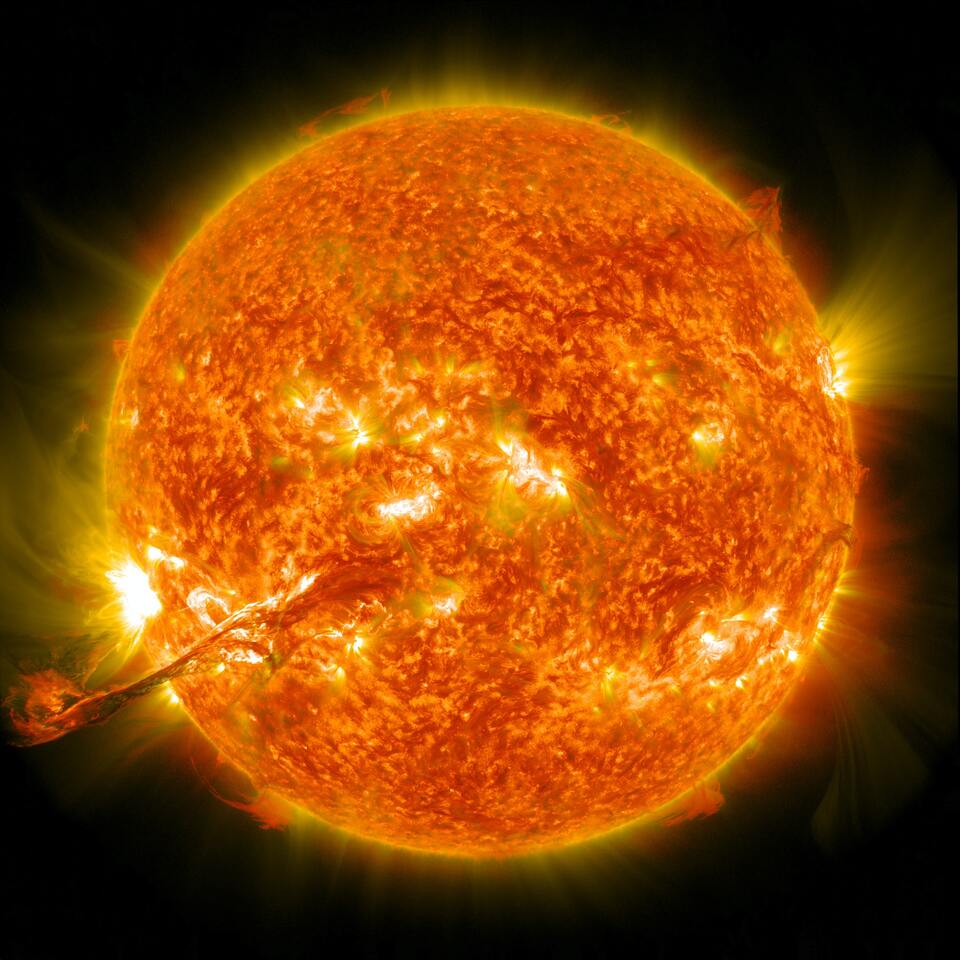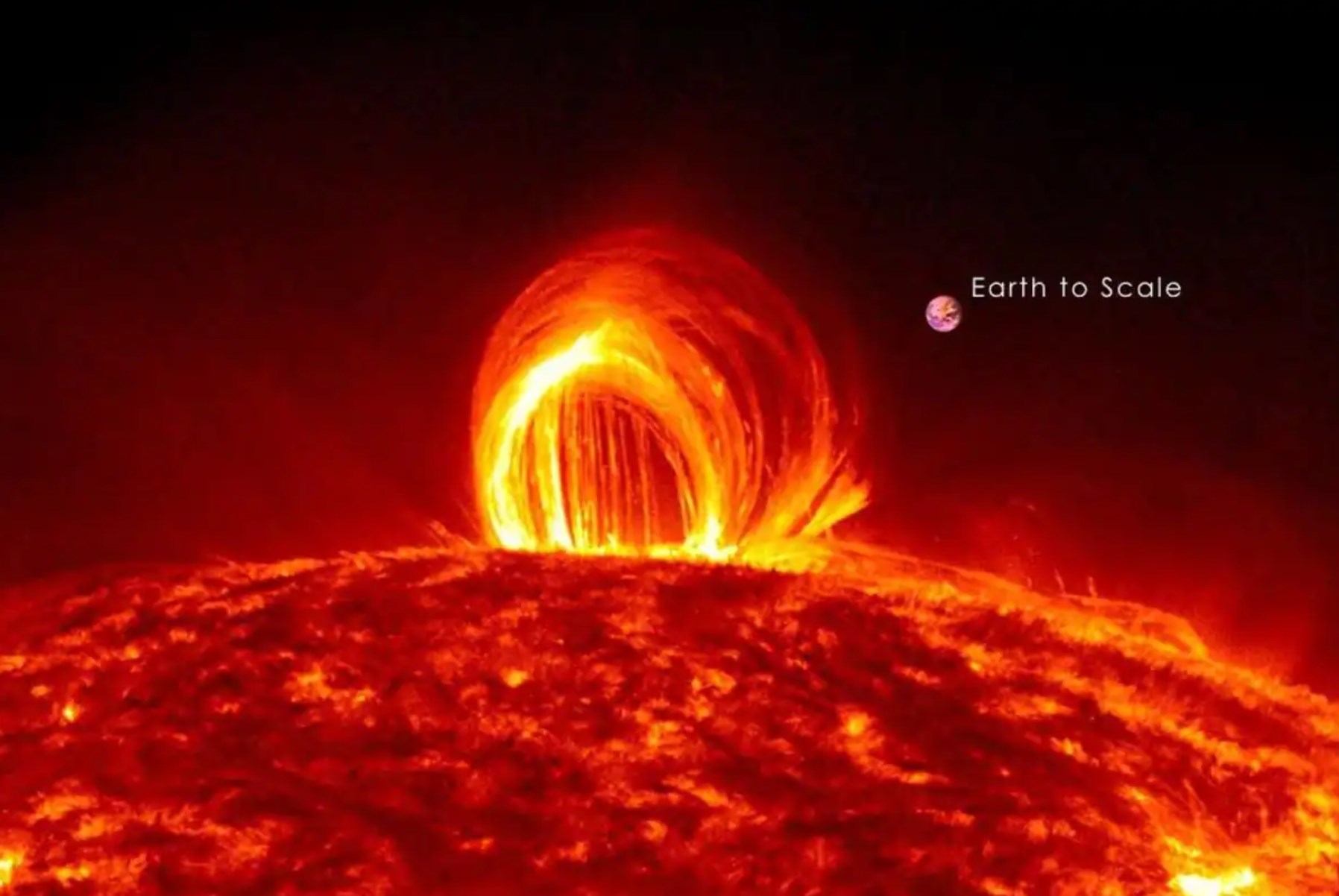In the period between August 28 and 29, the Sun emitted two powerful flares towards the Earth, which caused GPS failures, light outages and caused an exciting aurora. In recent months, our planet has been bombarded by numerous streams of cosmic radiation. The situation will worsen further as the Sun approaches the peak of its activity cycle.

The first flare occurred on August 28. An M4-class flare burst out of the AR3088 sunspot, which led to a solar storm and auroras in the northern hemisphere of the Earth. The Northern Lights stretched from Alberta in Canada to Scotland. On Monday, August 29, at 07:37 pm GMT+3, the star released an M8-class flare, which caused a radio outage, light outages and a GPS malfunction.
What are solar flares?

Solar flares are intense bursts of charged particles that burst into space from the surface of the Sun. When these high–speed solar wind streams collide with the magnetic field of our planet, we can notice this effect through bright auroras – this is their only positive result. But depending on the power, in the worst cases, flashes can cause fluctuations in the electric system, affect the radio airwaves and even disable satellites. Moreover, solar storms can even confuse migratory birds that rely on the Earth’s magnetic field.
Increase in solar activity
The solar cycle lasts 11 years. During this period, solar storms occur 600 times. As the Sun reaches the peak of the cycle around 2025, such flares will only increase. Our modern world is very dependent on technology, so disruptions caused by solar activity can affect billions of people around the world.
Earlier we reported on how solar activity exceeded the predicted.
According to NewsBytesApp
Follow us on Twitter to get the most interesting space news in time
https://twitter.com/ust_magazine
